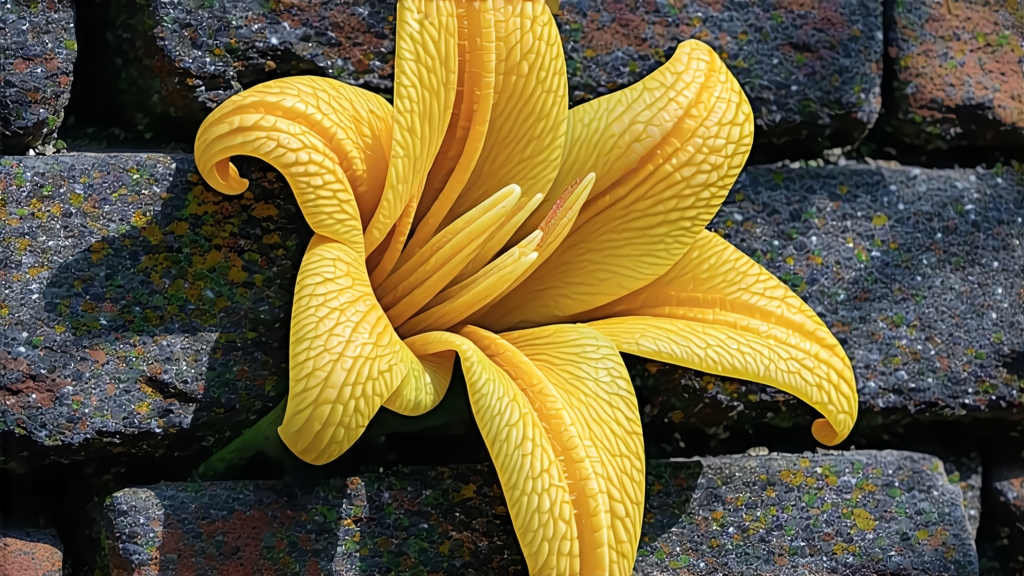
If green tea is the fresh-faced scholar of Chinese teas and pu-erh the worldly traveler, then Fu brick—Fú zhuān chá—must be the quiet alchemist, turning humble leaves into dark gold inside a steam-warmed room in Hunan. Compressed into a brick so dense it once served as currency on the Silk Road, this least-known member of the heicha (dark tea) family carries within its fibrous layers a living constellation of Eurotium cristatum spores, nicknamed “golden flowers” for the amber freckles that bloom on the tea’s surface. Those tiny fungi are not decoration; they are the engines of a slow, post-fermentative revolution that mellows bitterness into malt, swaps astringency for honey, and gifts the liquor a medicinal sweetness that Tibetan nomads once depended on to digest yak butter and high-altitude life.
History: From Imperial Decree to Caravan Currency
The story begins in 1860, when the Qing court, anxious to secure stable tea supplies for the horse-tea markets along the northwestern frontier, moved the official Hei Cha production center from Sichuan to Anhua county in Hunan. Brick forms were chosen because they stacked efficiently on mule caravans crossing the wind-scoured plateaus. Among the several brick styles—Qing zhuan, Hua zhuan, Mi zhuan—Fu zhuan alone was ordered to carry a specific microbial passport: the golden flower. By 1873, tea masters noticed that bricks stored in the humid summer storerooms of Jingyang (Shaanxi) developed a yellow bloom that deepened flavor and extended shelf life. Far from being spoilage, the bloom became mandatory; imperial inspectors rejected bricks that lacked at least a “golden dusting.” Thus, a chance microclimate turned into terroir, and Fu brick became the first intentionally microbiologically standardized tea in the world.
Leaf Material: The Forgotten Fourth and Fifth Leaves
Unlike green or oolong teas that prize tender buds, Fu brick is built from the summer “lao ye” (tough leaves) and even the fourth and fifth leaves attached to a short stalk. These older leaves are rich in lignin and cellulose—ideal fodder for the fungi that will break down long-chain carbohydrates into simple sugars and aromatic volatiles. The raw material is harvested from the Yun-Tai mountain micro-zone at 300–600 m elevation, where morning fog and afternoon sun create a natural withering chamber. Locals claim the bamboo-root soil here stores more manganese than anywhere in China, a trace element said to encourage golden-flower vigor.
Craft: A 29-Day Rite of Steam, Needles and Microbes
- Kill-green at 280 °C for 90 seconds in a 1.2-meter drum roaster—just enough to denature polyphenol oxidase while preserving leaf toughness.
- First rolling: 55 minutes under 40 kg pressure to crack cell walls without breaking surface integrity.
- Pile-fermentation: 1.2-ton heaps sprayed with 38 °C mountain water, covered by wet canvas, turned every 5 days for 15 days. Internal temperature is not allowed to exceed 65 °C; above that, beneficial fungi give way to spoilage bacteria.
- Stabbing: The partly fermented loose tea is packed into 1 kg cotton bags and stabbed 1,280 times with thin bamboo needles; the channels allow oxygen to penetrate the future brick and invite the golden flower inoculation.
- Brick forming: Steam at 102 °C softens the leaves for 18 seconds before they are tipped into a 35 × 18 × 4 cm iron mold. A 40-ton hydraulic press squeezes the mass for 6 minutes, achieving a density of 1.1 g/cm³—tight enough to survive a three-month yak caravan yet porous enough for microbe respiration.
- Flowering warehouse: Bricks are stacked in alternating layers of pine and bamboo boards inside an underground room kept at 28 °C and 75 % RH. For 9 days the only light is a single red bulb that discourages green mold while Eurotium cristatum paints its golden constellations. When the bloom coverage exceeds 90 % of the cut surface, the bricks are moved to a drying tunnel where 45 °C air gradually drops to 30 °C over 48 hours, locking the flavor curve into a slow, decades